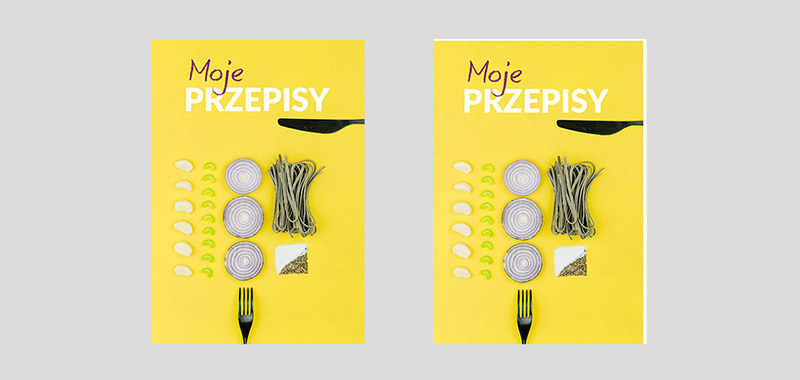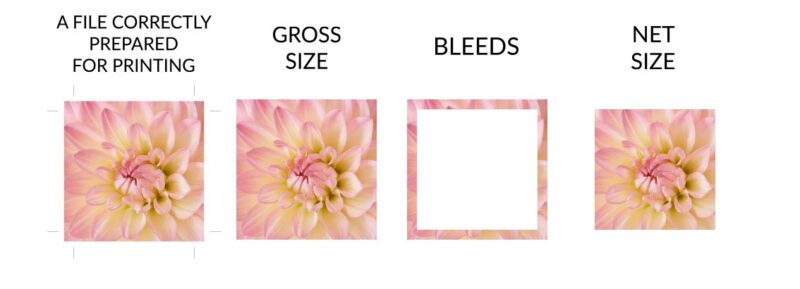
Bleeds – back to the basics
Preparing a file for printing is not easy, which is true particularly when you are lacking experience. And the absence of bleeds claims the dubious honour of ranking first amongst the most common mistakes made in this regard. However, worry not: it happens to the best of us, even professionals with many years of experience. The only real issue arises when you have no understanding of what bleeds actually are. Again, fear not: we will help you see that in effect bleeds are not a menace, but a safety margin.

